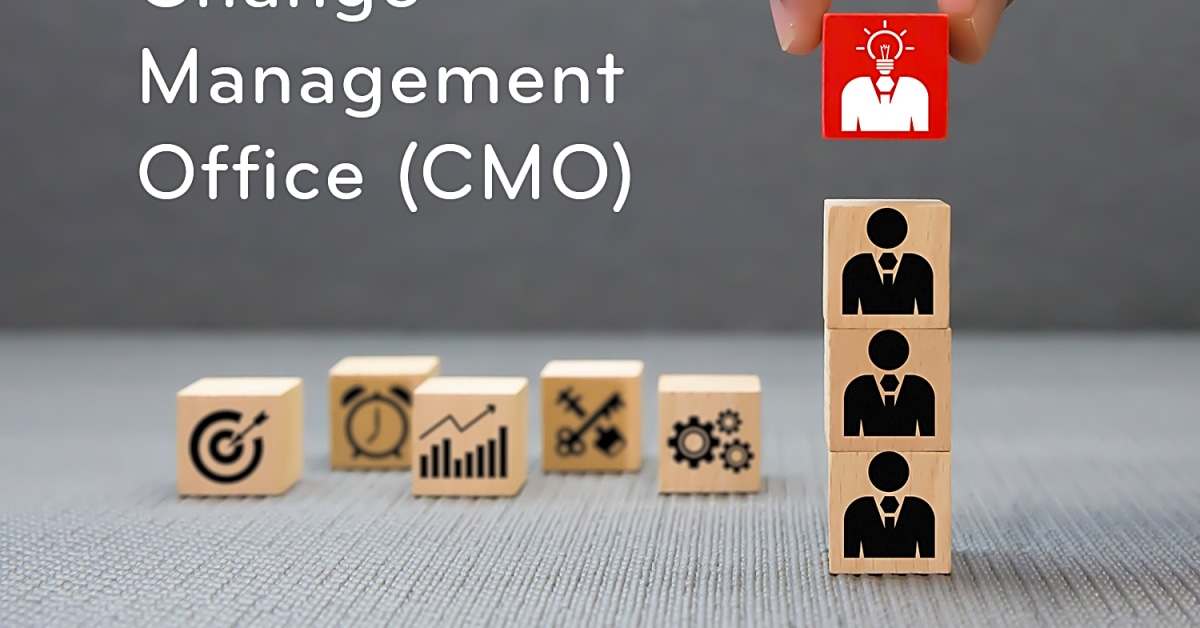How to Effectively Navigate and Lead Organizational Change with Change Management Software
In today’s fast-paced business world, change is inevitable. Organizations are constantly facing challenges and disruptions that require them to adapt and evolve in order to stay competitive. However, implementing change within an organization can be a complex and daunting task. That’s where change management software comes in – a powerful tool that helps organizations effectively navigate and lead organizational change. In this article, we will provide an overview of the various change management software options available in the market, and how they can help organizations successfully implement and manage change. Whether you are a business leader or a member of a change management team, this article will provide valuable insights and tips on how to leverage change management software to drive successful change initiatives within your organization. So, let’s dive in and explore the world of change management software together!
Organizational change can be a daunting and complex process, but with the right tools and strategies, it can be successfully navigated and led. In this article, we will explore the various change management software options available to help you effectively manage change within your organization. We will also discuss techniques and models for successful change implementation. Whether you are a leader looking to implement change or an individual seeking information on change management, this article has you covered.
First, let’s dive into the different types of change management software options. These can range from project management tools to dedicated change management platforms. Project management tools, such as Asana or Trello, can be useful for tracking tasks and progress during a change initiative. Dedicated change management platforms, like Prosci or ChangeScout, offer more comprehensive features specifically designed for managing organizational change. Consider your organization’s needs and budget when choosing the right software option.
Next, let’s discuss leadership techniques for effectively managing change. It’s important to communicate openly and frequently with your team during times of change. Be transparent about the reasons for the change and listen to any concerns or feedback. Additionally, involve employees in the planning and decision-making process to increase buy-in and ownership of the change.
When it comes to models and processes of change management, there are several options to consider. The most commonly used model is the ADKAR model, which focuses on individual behavior change. Other popular models include Lewin’s Change Management Model and Kotter’s 8-Step Process for Leading Change. Research these models and determine which one aligns best with your organization’s goals and culture.
Finally, it’s important to monitor and evaluate the change management process to ensure its success. Utilizing software tools, such as surveys or analytics, can provide valuable insights into the effectiveness of the change. Make adjustments as needed and continue to communicate with your team throughout the process.
Change Management Software Options
Change management software is a vital tool for organizations undergoing change. It provides a structured and organized approach to managing the complex process of change. With so many options available, it can be overwhelming to choose the right one for your organization. In this section, we will explore the various types of software available for managing change, including project management software, collaboration tools, and specialized change management software. Each type offers unique features and benefits that can aid in the successful implementation of change. Let’s take a closer look.
Models and Processes of Change Management
Change management is a crucial aspect of organizational development, and having a clear understanding of the models and processes involved can greatly improve the success rate of change initiatives. Here, we will explore some of the popular models and processes used in change management.
Lewin’s Change Management Model: Developed by psychologist Kurt Lewin in the 1940s, this model is based on the concept of unfreezing, changing, and refreezing. It emphasizes the importance of preparing people for change and creating a sense of urgency to facilitate the transition.
ADKAR Model: This model, developed by Prosci, focuses on the five key elements of successful change: Awareness, Desire, Knowledge, Ability, and Reinforcement. It helps identify potential roadblocks and develop strategies to address them.
Kotter’s 8-Step Change Model: Developed by Harvard Business School professor John Kotter, this model provides a framework for implementing change in a structured and methodical way. It emphasizes the importance of strong leadership and communication throughout the change process.
Leadership Techniques for Managing Change
Organizational change can be a daunting and complex process, but with the right tools and strategies, it can be successfully navigated and led. As a leader, it is crucial to understand how to effectively lead and communicate during times of change.
Effective leadership during change requires strong communication skills, as well as the ability to motivate and inspire others. One important technique for managing change is to clearly communicate the reasons behind the change and the expected outcomes. This will help to create buy-in from employees and reduce resistance to the change.
Another important technique is to involve employees in the change process. This can be done through regular check-ins, open discussions, and soliciting feedback. By involving employees, they will feel more invested in the change and be more likely to support it.
It is also important for leaders to remain positive and adaptable during times of change. This can help to keep employees motivated and focused on the end goal. Additionally, being open to feedback and making adjustments as needed can help to ensure the success of the change.
By utilizing these leadership techniques for managing change, leaders can effectively navigate and lead organizational change with confidence.
Monitoring and Evaluating Change
Monitoring and evaluating the change management process is a crucial aspect of successful change implementation. It allows organizations to track progress, identify any challenges or roadblocks, and make necessary adjustments to ensure the desired outcomes are achieved.
One of the main reasons for monitoring and evaluating change is to ensure that it is aligned with the organization’s goals and objectives. This involves regularly assessing whether the changes are leading towards the desired outcomes and if they are in line with the overall strategic direction of the company.
Another important aspect of monitoring and evaluating change is to identify any potential risks or issues that may arise during the process. By continuously monitoring, organizations can proactively address these challenges and prevent them from derailing the change initiative.
Effective monitoring and evaluation also involves gathering feedback from stakeholders throughout the organization. This allows for a better understanding of how the change is impacting different areas and individuals within the company. Additionally, it provides valuable insights into what is working well and what may need to be adjusted.
Overall, monitoring and evaluating change is essential for measuring the success of change management efforts. It allows organizations to make data-driven decisions and continuously improve their change processes for future initiatives.
Change management software can be a valuable tool in successfully navigating and leading organizational change. By utilizing the right software option, implementing effective leadership techniques, and utilizing proven models and processes, your organization can successfully manage change. Remember to monitor and evaluate the process to ensure its success. With these tools and strategies, you can confidently lead your organization through any change initiative.


